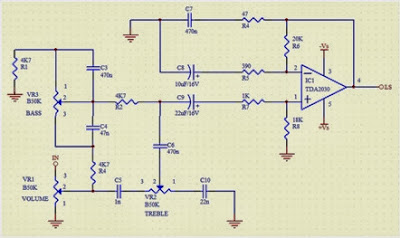Mosfet Battery Charger
Battery Charger series with the MOSFETs are designed to charge batteries from an AC current source charging current with a maximum capacity of 1A, and can be modified in order to provide a higher flow by replacing the value of Q1, R1, D1-D5, and T1 with a greater ability high on "battery charger circuit with mosfet" this. The series charger is working at the point of maximum load line of the ability of Q1, so that Q1 needs to get serious attention to cool it and make re-assembly croscek this battery charger before use.

NiCad batteries have the capacity specifications in units of mAh (Mili Ampere Hour), which is defined as "C". The value of this interpretation of capacity C that can be saved by tesebut NiCad battery. To charge the NiCad battery in a normal (not Fast Charge) used in the formulation of charging current 0.1 C NiCad batteries are in charge for 12 hours. Suppose the battery capacity is 4000mAH then filling current 400mA for 12 hours. The advantage of charging the battery by 0.1 C this formula is to create long-lasting battery is not easily damaged or otherwise not charge the battery too quickly run out.
Output current from the battery charger circuit with mosfet is controlled by the sum of the zener reference diode and the base-emitter connection of PNP transistors. PNP transistor provides negative feedback to the gate MOSFETs. As seen in the scheme. Flow output is determined by the value of R1 is determined by:
Power dissipation of R1 will be the same:
PR1 = 3.2Volts Iout *
R1 resource capacity and heatsink Q1 adjusted charging current.



Comments
Post a Comment